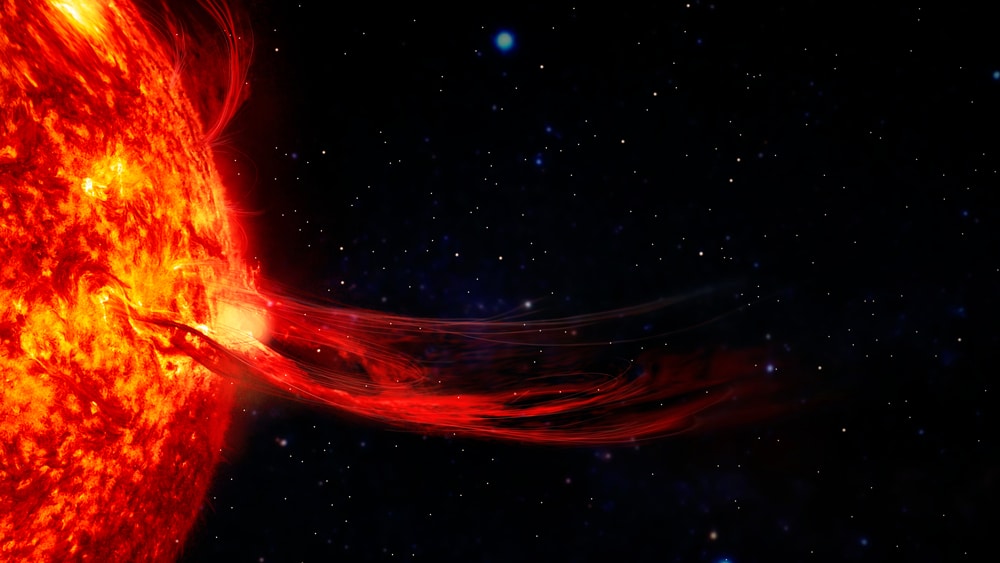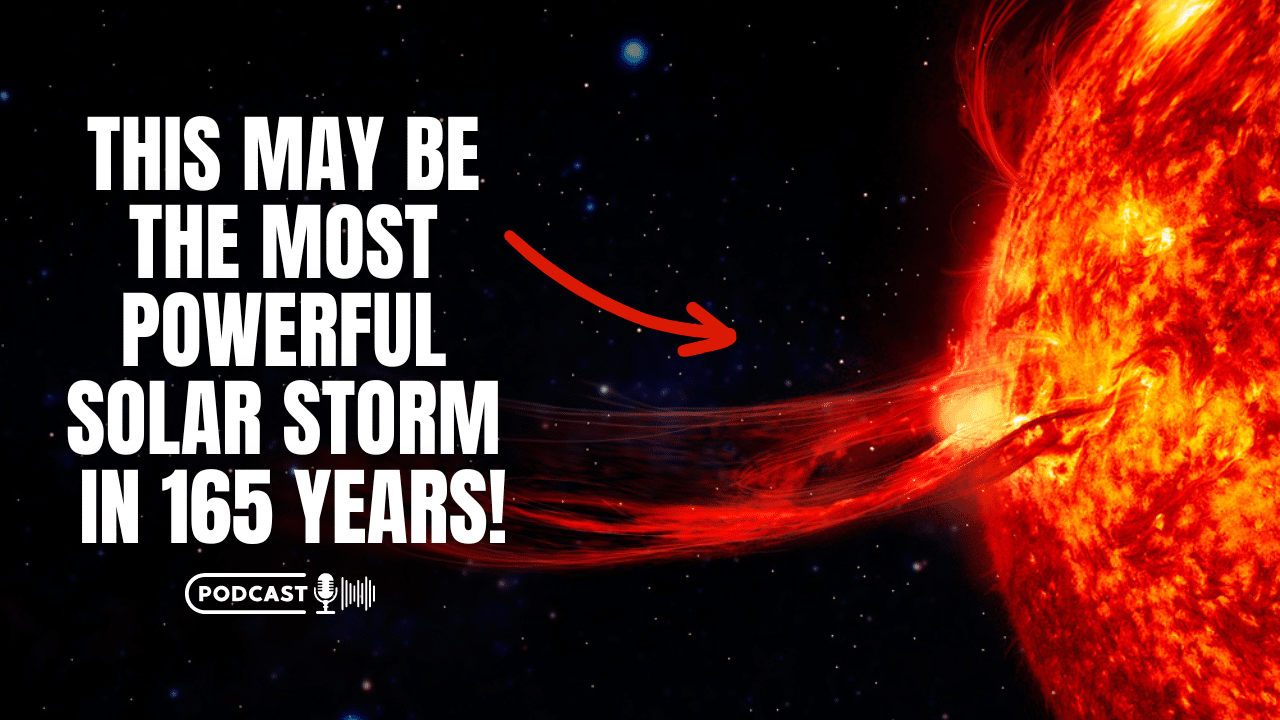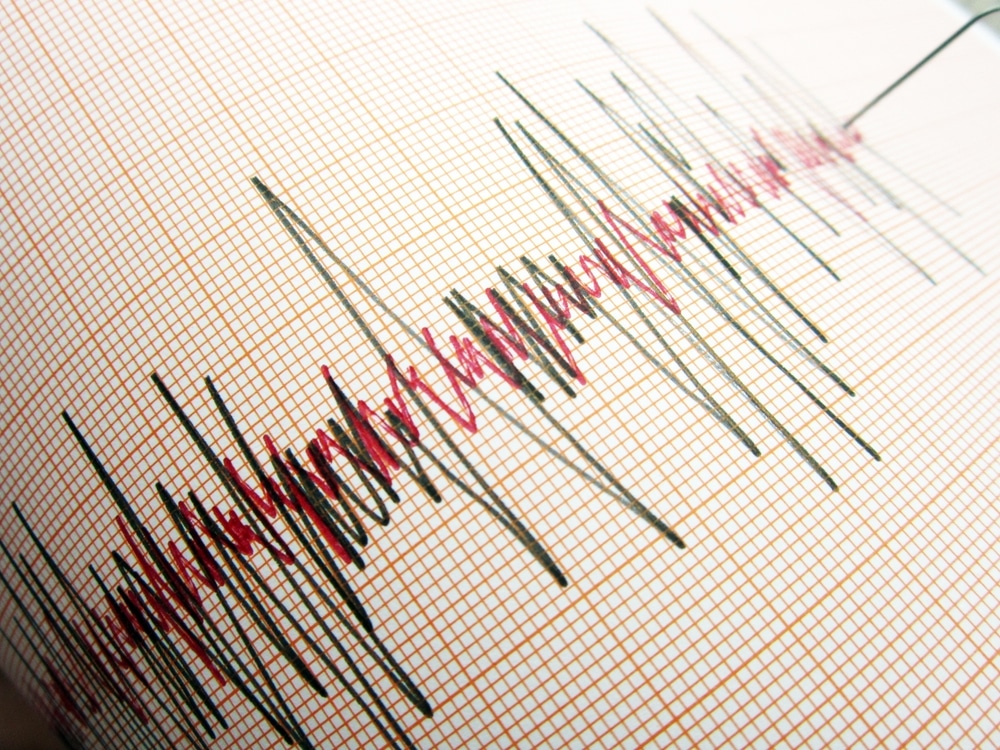The sun has been pretty busy the past few weeks. On Tuesday, our star fired off two enormous explosions from its farside in what has already been a heavy month of solar activity.
A magnificent coronal mass ejection (CME) was recorded by Nasa’s STEREO-A spacecraft in the early hours of February 15. CMEs are giant eruptions that send plasma hurtling through space – and the Sun has undergone several of them throughout the month.
If they hit Earth, the plumes of material can trigger geomagnetic storms that knock out satellites and disrupt power grids. Fortunately, this week’s CME was fired from the side of the Sun that faces away from our planet and so poses no threat, says astronomer Dr. Tony Phillips.
Writing on his website spaceweather.com, which tracks the sun’s activity, he said: “This CME will not hit Earth; it is moving away from, not toward our planet. “However, if such a CME did strike, it could produce a very strong geomagnetic storm. We may have dodged a bullet.”
Based on its size, it’s possible that the eruption was an X-class flare: The most powerful category possible. “This is only the second farside active region of this size since September 2017,” astronomer Junwei Zhao of Stanford University’s helioseismology group told SpaceWeather.
“If this region remains huge as it rotates to the Earth-facing side of the Sun, it could give us some exciting flares.” It’s been a busy month of solar activity. The Sun has erupted every day for the month of February, according to Dr Phillips. Some days have seen multiple solar flares. Three of them have fallen into the second-most powerful flare category, M-class flares. January saw five M-class flares. FULL REPORT


















